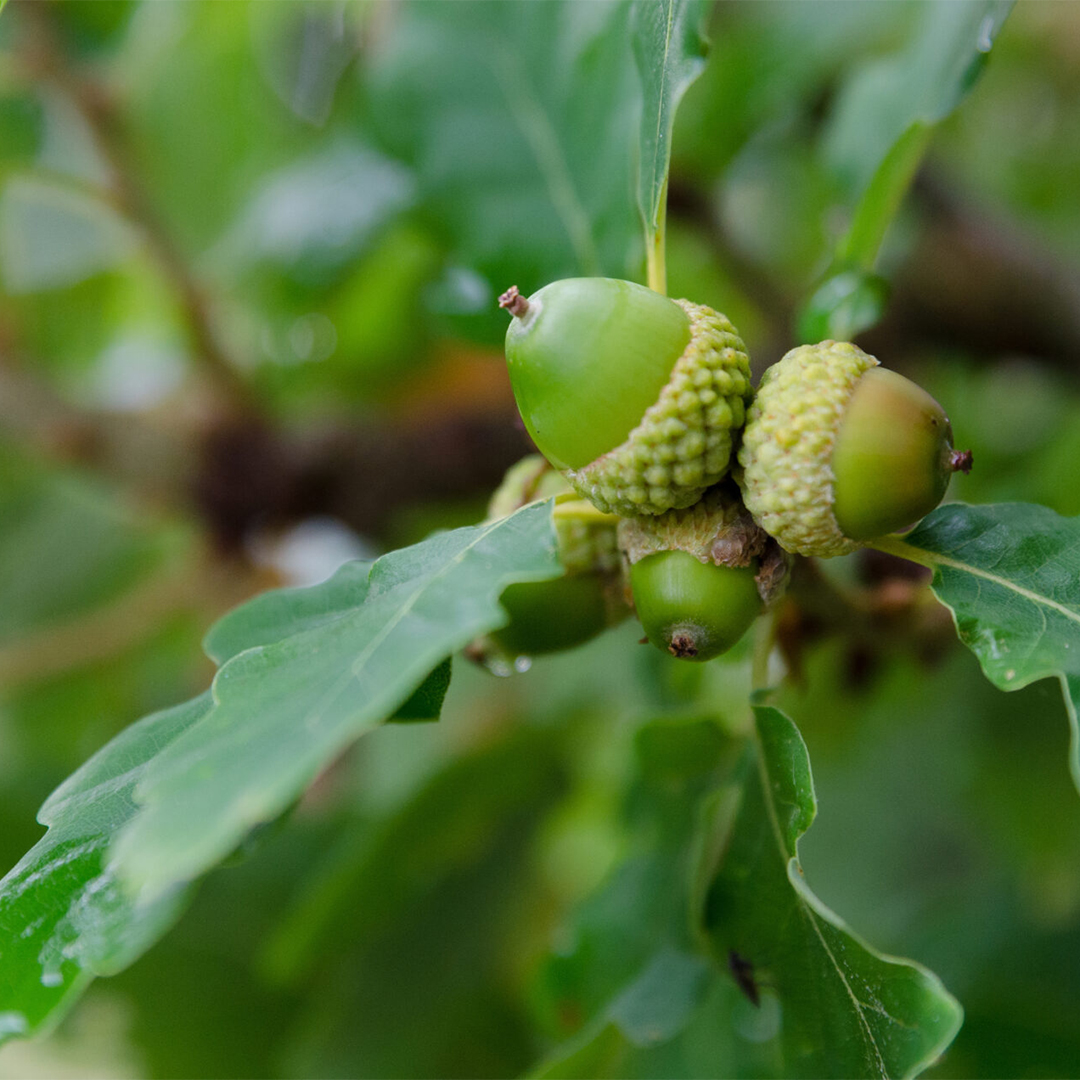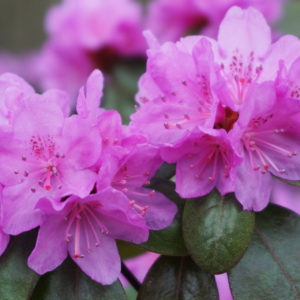Oak trees are a familiar sight in our landscape, and while their value as timber and shade trees is well known, their ecological value is amazing. Their acorns provide food for a large number of animals and birds (around 100 different species), while their leaves are fed on by more than 500 species of butterfly and moth larvae. These in turn provide food for birds and other insects, which also ensures the trees are not unduly damaged. They also offer shelter for a variety of animals and insects, while their extensive root systems and dense leaf canopies help prevent soil erosion. In addition, their leaves also help clean the air through the process of photosynthesis.
Oak trees in North America are divided into two groups: red and white, and the species within these two groups are able to co-exist as they have evolved in slightly different ways to make best use of the conditions they inhabit. In many instances the appearance of the leaves will indicate in which group the oak belongs with white oaks having rounded lobes and red oaks having pointed lobes with bristles. The other main differentiator is that white oaks produce acorns in the space of one year, while with red oaks it takes two years from flowering to the time acorns mature. There are also differences in the nutritional value of acorns from red and white oaks. White oak acorns contain less fat and protein than red oak acorns, but also less tannins, so have a less astringent taste. White oak acorns also germinate quickly, which is another factor why wildlife prefers white oak acorns in fall: they are only edible for a short period. Come winter though with food choices reduced, the more enduring red oak acorns provide a welcome if more tangy food source.
Of the 85 oaks that are native to the United States, only thirteen are naturally found here in Massachusetts, and even then, not all of them are widespread. Below is brief information on each of these oaks, some of which are familiar, while others are not so well known. Unless mentioned, oaks grow to a height of 75-120 feet tall, making them suitable large shade trees.
White Oaks
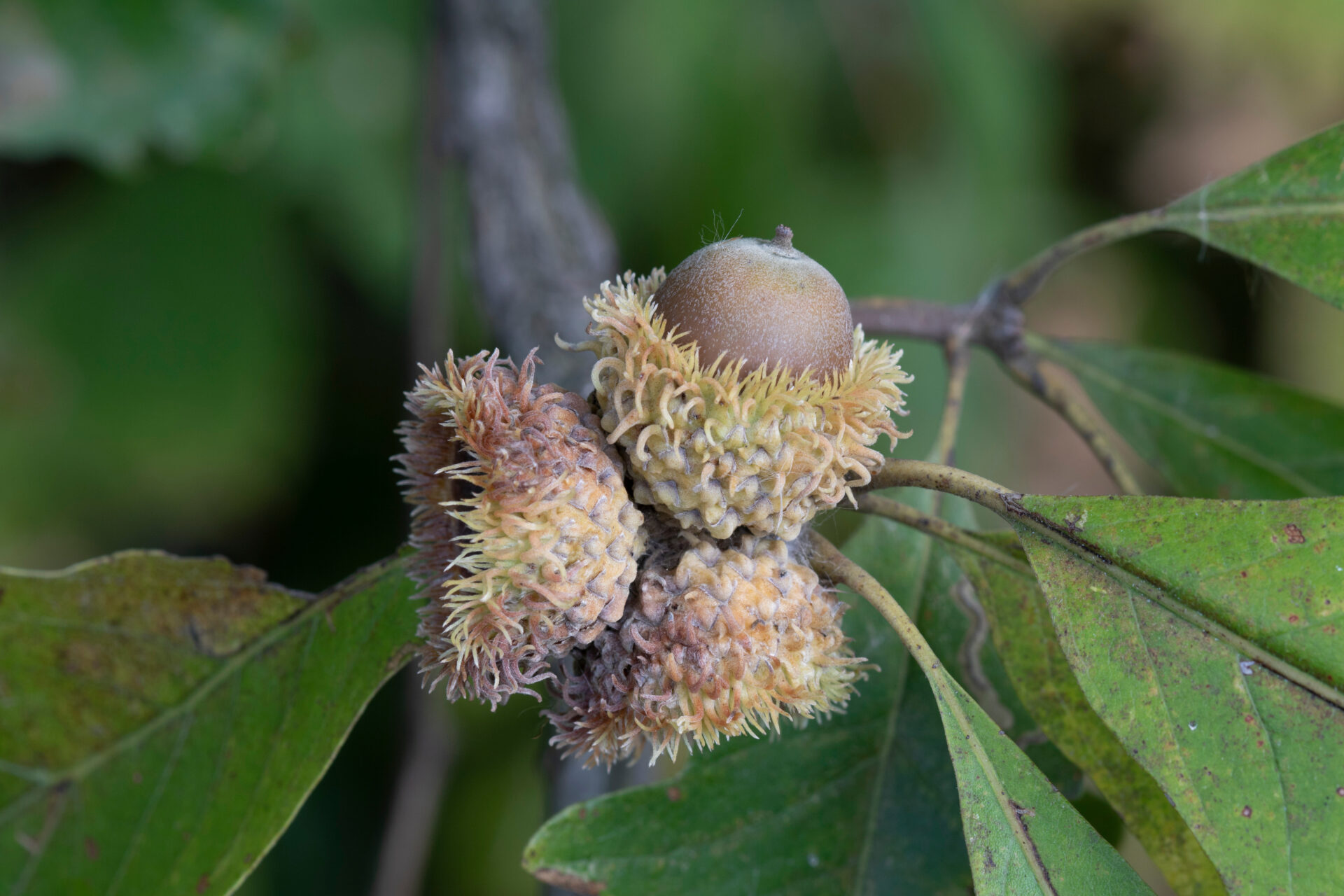
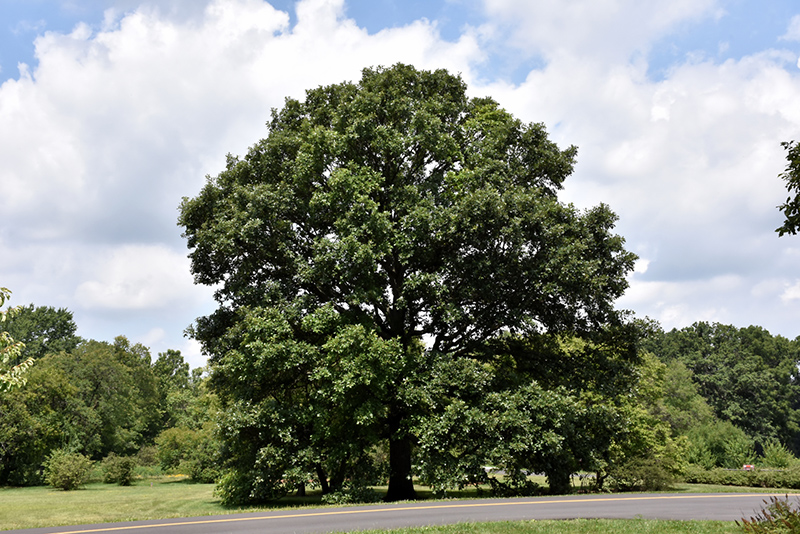
White oak (Quercus alba) is a valuable lumber tree with its wood being used for flooring, furniture and specialist items such as barrels. Its leaves have rounded lobes which are wider in the lower half of the leaf. Its acorns are one inch long and the cup covers just a quarter of the nut. Found throughout Massachusetts it grows in well drained loam, but at the limits of its range it will become stunted and shrubby.
Swamp white oak (Q. bicolor) gets its botanical name for the distinct color difference between the upper and underside of its leaves, as they are noticeably white underneath. The leaves are broader towards the tip with shallow, rounded lobes. Its acorns are up to 1.25” long. It can be found growing throughout the state wherever there is poorly drained, mineral rich soil.
Bur oak (Q. macrocarpa) is one of the most drought tolerant oaks and can tolerate a range of harsh growing conditions. Preferring alkaline soils, it is native to just the far west of Massachusetts. Its leaves have deep, rounded lobes, but it is its acorns that are its most distinctive feature. The large, rounded nuts are half buried in a prominent fringed cup which explains the tree’s common name, as the cups look like burs.
Chestnut oak (Q. montana) gets one of its common names from the fact that its leaves bear a resemblance to those of the edible chestnut tree. Its other common name of tanbark oak refers to the fact that its bark was once used to tan leather due to its high concentration of tannins. Its native range encompasses the whole of the state.
Chinkapin oak (Q. muehlenbergii) is another oak with leaves resembling those of chestnut trees. It can be found in deciduous forests with alkaline soils of a pH of 6.0 and above, and naturally grows in the far west of the state. Its acorns reach one inch in length.
Dwarf chinkapin oak (Q. prinoides) is very similar in appearance to chinkapin oak, but the main difference is that this oak only reaches around 25 feet in maturity. Its leaves are more notched, so the resemblance to chestnut leaves is not so strong. It produces 1” long acorns, and unlike most oaks which start producing acorns at around 20 years old, this oak can start as early as 5 years old. It can be found throughout the state as it grows in dry, rocky soils.
Post oak (Q. stellata) grows in poor, sandy conditions and its native range encompasses just part of southeastern Massachusetts. It is drought tolerant and is found throughout a large part of the eastern U.S. as far south as Texas and Florida. Its leaves have just a few rounded lobes and it produces medium sized acorns. It gets its common name from the fact that its timber was used to make fence posts.
Red Oaks
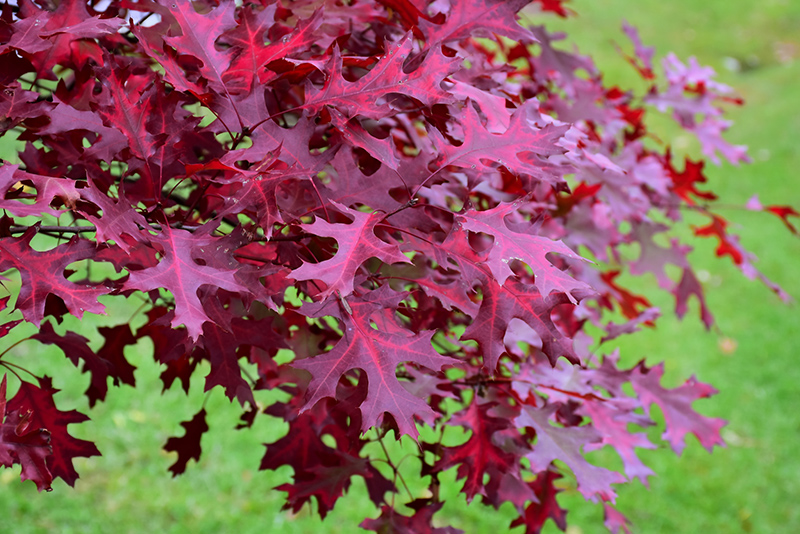
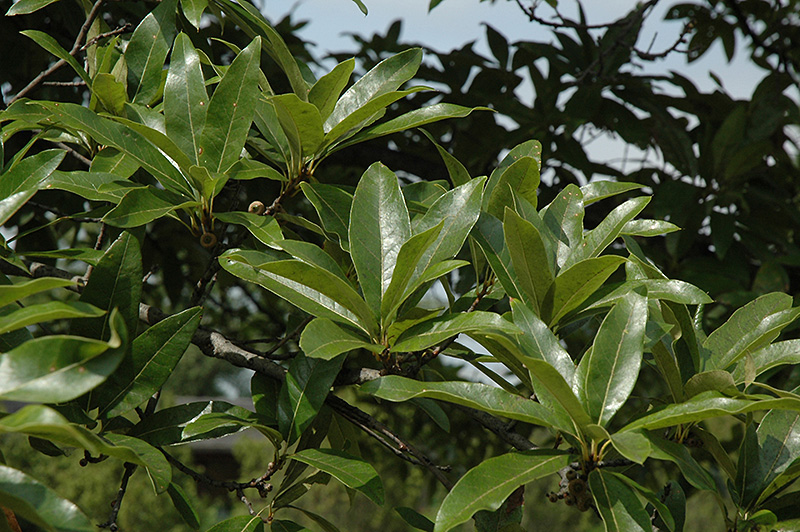
Northern red oak (Q. rubra) is also found throughout Massachusetts although it has a preference for moister loamy soils. It is fast growing and transplants well, making it a popular landscape choice for a large shade tree. Its large leaves have sharp pointed lobes and in fall they turn a good russet red. Its plump oval acorns are half encased in their cups. Northern red oak is another valuable timber tree being used in a similar fashion to white oak.
Black oak (Q. velutina) is found throughout Massachusetts, growing in rich, well drained soils. It is another common timber tree, and its bark has been used to provide tannins for leather production as well as being a source of the yellow dye, quercitron. This quality gives rise to its other common names: yellow oak, yellow-bark oak and quercitron oak. It has leaves with narrow, pointed lobes and its acorns, which are 3/4” long, are half covered by the cup.
Scarlet oak (Q. coccinea) gets its name from its distinctly red fall foliage, which makes it a popular landscape choice along with the fact that it is fast growing. Its leaves also have sharply pointed lobes and its acorns, half covered by the cup, are about 3/4” long. It grows in a range of habitats throughout Massachusetts, including poor soil.
Pin oak (Q. paulustris) naturally grows in wet conditions in acidic soil and will even tolerate brief periods of winter flooding, it is found through a large part of the state with the exception of the southeast. It too has leaves with pointed lobes, and its acorns are often marked with longitudinal stripes.
Shingle oak (Q. imbricaria) is one of those oaks that doesn’t look like an oak at first glance, as its leaves are smooth edged and oval in shape. It produces medium sized acorns. While most of its native range covers the upper midwest, it also exists in the central portion of Massachusetts. Its common name is derived from the fact that early settlers used its wood for shingles.
Scrub oak (Q. ilicifolia) is another compact oak, growing generally 20 feet tall, sometimes taller. It gets its name from the fact that it grows best in dry, sandy and rocky soils, and is particularly reliant on forest fires to provide the necessary ground clearance for its acorns to germinate. It produces a number of acorns on its branches, and these are an important source of food for wildlife. It is found throughout the state.
Photos:
NetPS Online Plant Database – Home Page (netpsplantfinder.com)
RVPRPhoto – stock.adobe.com
balltorp – stock.adobe.com
